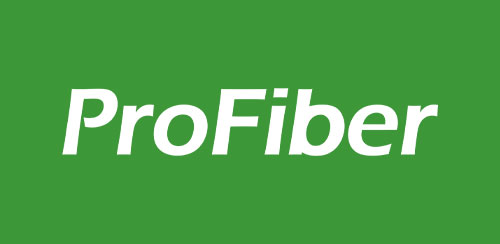メニュー
At increasing speed, we are evolving into a global digital society. This is profoundly transforming the way we live,work, learn and thrive.
The arrival of broadband changed that forever. Finally, it was possible to transmit information over multiple channels simultaneously. Data could be sent and received over the long-awaited,multi-lane”information superhighway”—using just one cable.
From the outset, fiber-optic technology has enabled
broadband speeds. “Gigabit,” which has become a
household word, is practically synonymous with “fiber to
the home” (FTTH). One gigabit is one billion bits, and, when delivered in one second, that’s 1 Gbps or 1,000 Mbps— about 100 times higher than the average downstream internet speed

Network convergence
Through fiber network convergence,profiber can deliver a wider range of services, offer innovative services and enter new markets faster. Simply put, network convergence means developing one build-out that is utilized for multiple service delivery platforms.
Multiple market segments
Large incumbent service providers with both wireline and wireless operations are moving toward a single network to
maximize asset utilization and leverage economies of scale. Smaller providers, with more limited budgets, can address multiple market segments, add revenue streams, and de-risk the business case with more stakeholders, more sources of funding and greater ROI
Sharing physical assets between fixed and wireless.
With small cells moving deeper into the network and CRAN (centralized RAN) allowing pooling of baseband resources, sharing of fiber cables and physical real estate becomes more important. Building a new FTTH network—followed several months later by the same construction crew having to dig up the same street to lay fiber for a
cell site—won’t be an issue.
Improving data stream for fixed and mobile.
Additional efficiencies are gained for companies willing to share fibers for multiple applications. Furthermore, WDMs, NGPON2 and other technologies are allowing the merging of bit streams and enhanced network efficiency. Spare capacity can be marketed as “virtual dark fiber” or wavelength services—less costly and faster to deploy



